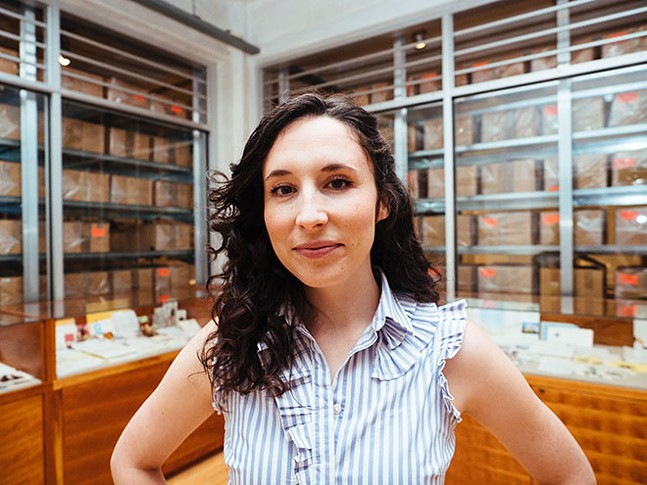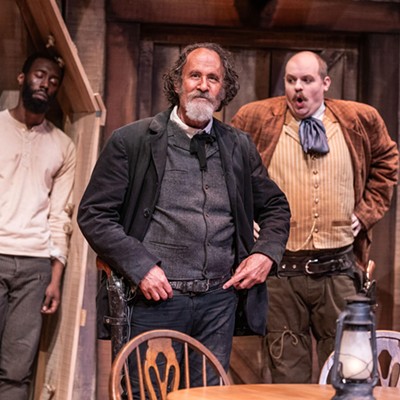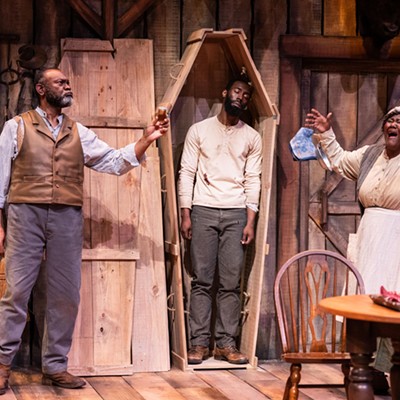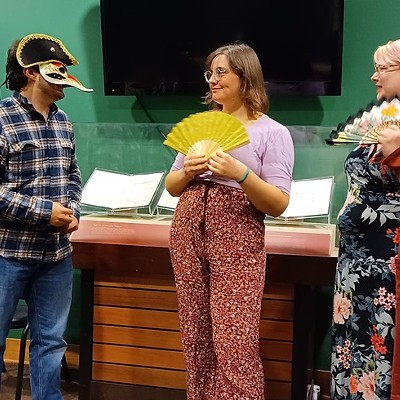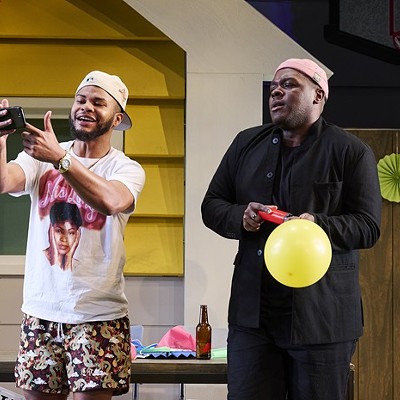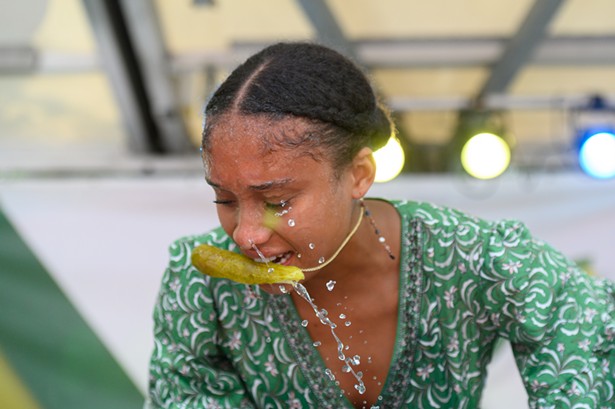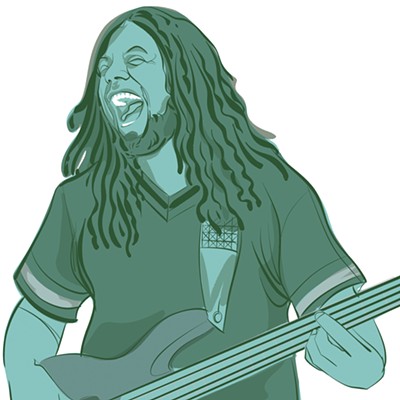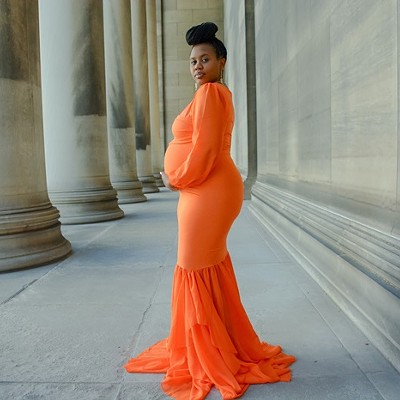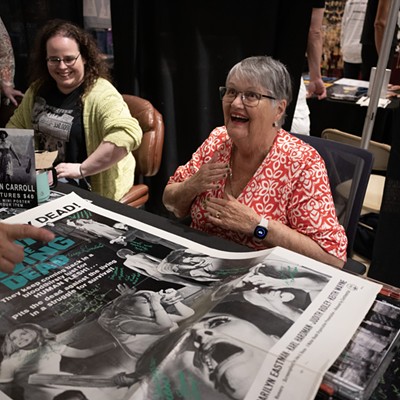Name: Erin Byrne, Highland Park
Work: Archivist, The Andy Warhol Museum
What does an archivist do?
A myriad of different activities, especially here because we’re a single-artist museum. As opposed to something like the complete records of Lyndon Johnson [and] papers from his presidential work, we have Warhol’s paints, his record collection, his book collection, his mother’s belongings … the largest part of his archives is the time capsule collection, in itself a work that is both archival and art.
What does that mean in terms of your responsibilities?
To put it most succinctly, my job is to create the organizational backbone for all of those objects, that makes them most accessible to researchers and scholars. Kind of part detective, part researcher, part librarian.
How did you start doing this?
I have a Masters of Library and Information Science that I got at Pitt. Even before I started my graduate degree, I was volunteering at my public library back home in Scranton; in Pittsburgh, working at academic libraries. Archival work is similar and yet very different. The idea of being a conduit to help people find information that they need is the same.
How so?
Whether working at Pitt’s reference desk helping an undergrad find peer-reviewed sources for their paper, or here helping a scholar find Andy Warhol’s wigs, it’s walking that same path. Just the idea of preserving and capturing materials that can change the way history is perceived. A single document can really change the legacy of a presidency or the history of a particular moment. When you uncover those details, it’s exciting, when you’re able to figure out what you have in your hand.
What do you do from day to day?
We work with museum departments; just finished a publication; social media to find imagery to coincide with events that are happening; with the exhibitions team, laying out things; helping to design archival casework; with development to help figure out interesting items for people who work with us or would like to.
Anything happening in terms of Warhol scholarship at large, outside of the museum. We answer a lot of reference questions through our website. If there’s an exhibition with archival materials traveling with it, I may be with them to oversee installation.
On top of all this is the ongoing work of cataloging and researching the items, an estimated 500,000 currently; that’s probably low. Process and catalog [materials] ... so that you can access them through our database or imagery. Organizing every medium imaginable – you have clothing, you have acetates that he used for his artwork, pottery, antiques he collected. Everything.
Have you worked in museums before?
This is my first. I started when I was in grad school. I had my internship here, and basically I haven’t left. I was able to advance into a project position for the time capsules. It certainly wasn’t lost on anybody involved that it was a very special experience and honor. They weren’t opened until we were the ones standing over them. It was very Schrödinger’s cat … you have no idea what’s going to be in that box.
What besides the volume of his objects makes Warhol unique for the archivist?
In some ways, Warhol is the historian’s best friend because he did save so much in an uncurated way. If you wanted to donate your archives, you could go through and say, “Oh, these letters make me look kind of bad. My hair doesn’t look good in this photo.” Warhol as a subject was classic for ducking and dodging questions, giving out wrong information. The archives that we have here is his most faithful and truest autobiography.

